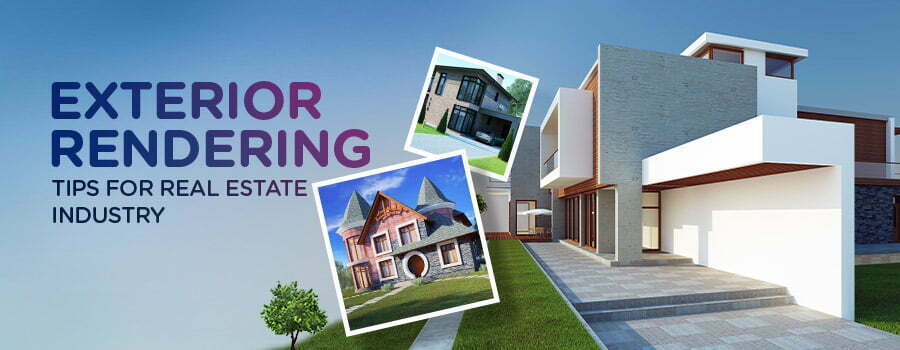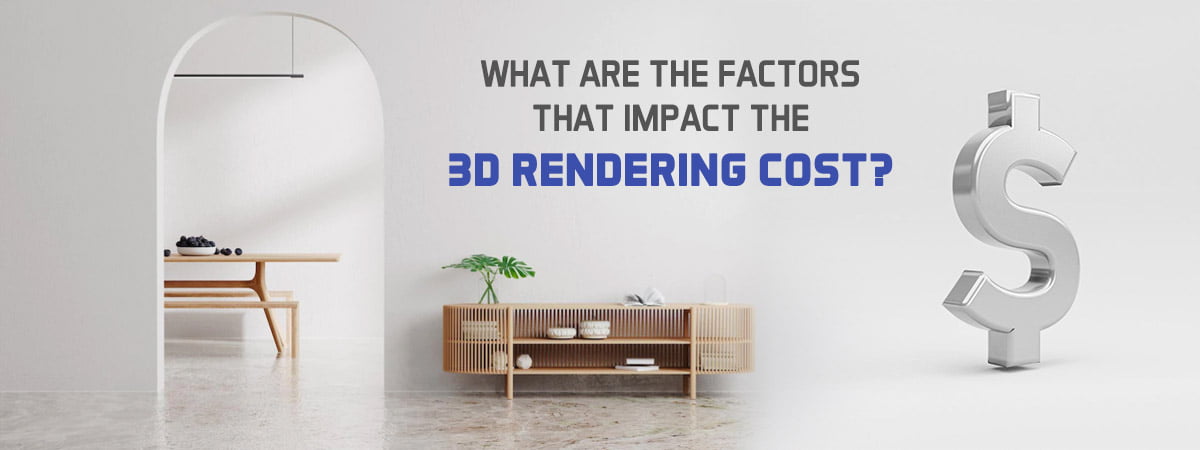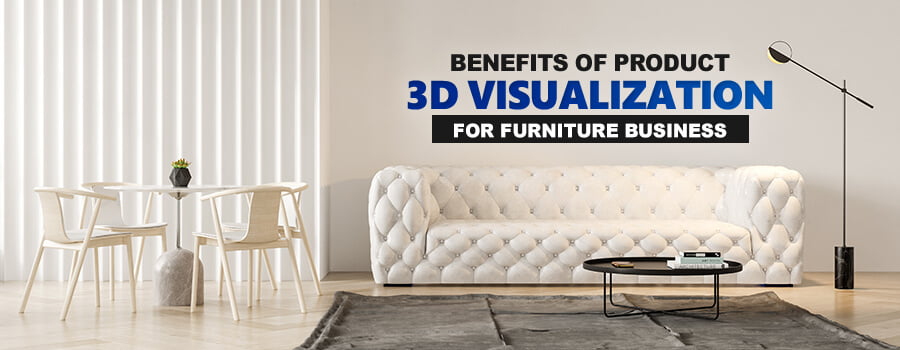Recently, there has been an increased demand for exterior rendering services in the real estate industry. Flawless exterior renderings increase the potential of real estate developers to market their property to various clients. 3D rendering and visualization of images showcase the architectural building features to the respective clients. If you want to create better images, you need to focus on the elements that make a better rendering. From background images to textures, every aspect of the image has to be enhanced. There are in fact several benefits of 3D exterior renderings.
How Can You Harness the Power of Exterior Visualization for Property Marketing?
The real-estate industry is unconditionally emerging as the most competitive one of all time. So it urges the property owners to push off with the best foot to stand high and get on the top list. And with technology being the crucial element, CGI images keep the industry stable.
It’s time to think of 3D exterior rendering as the best option to enhance the visualization of your property.
Let us see how you can utilize it better.
-
Super cool property visualization
How do you get the first impression of your property? With a stunning photograph that catches the eyeballs of the user. Exterior renderings are the most crucial here. You must rush to make your property exterior rock for the best result. The photorealistic visualization says it all.
One thing to note here is that only if the user is impressed with the exterior design will they opt for the interior option. So, the sooner, the better. So, first, have an excellent exterior visualization to get the best, and then look for interior concepts.
Sounds helpful?
-
Even the minute features will never be minute again
That shows the power it has. With feature-rich 3D exterior rendering, you can highlight even the tiny feature you may have neglected in the actual picture. It is much more powerful to showcase all the features that make the image visually appealing. Decision-making becomes easier.
-
Marketing campaigns in the next level
You get good results if you market your property to a broad target audience. But how to initiate marketing campaigns? 3D rendering images help you to reach a much wider audience with the stunning visuals of your property. The best part is that they see something beyond standard property images.
-
Cost factors
Are you struggling to negotiate prices? No worries, with 3D exterior rendering, it becomes much easier for you to stay at stable prices because you can very well illustrate the features in-depth, which helps you in deciding the 3d design cost factors.
Most of the time, the trial and error method comes in handy in developing these images. Focus on the areas mentioned above to make that image more realistic. In addition, you may reach out to the experts for professional support while developing the exterior renderings of your projects.
Try 3D exterior rendering and experience the difference it can make for your real-estate business.
Want to know more?




